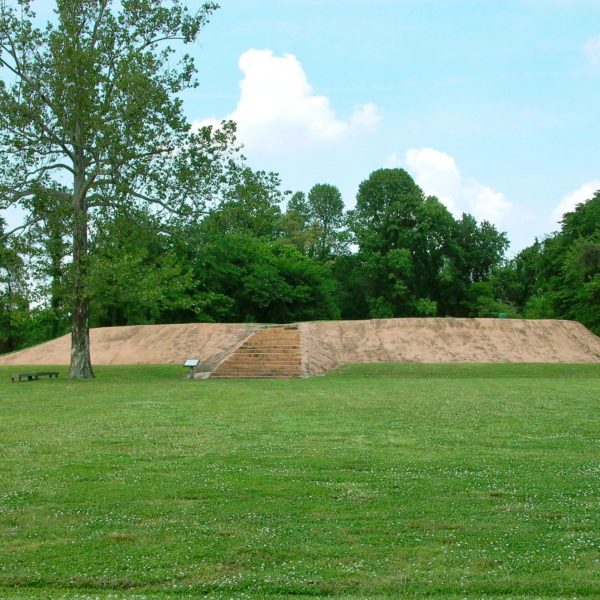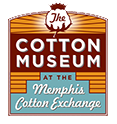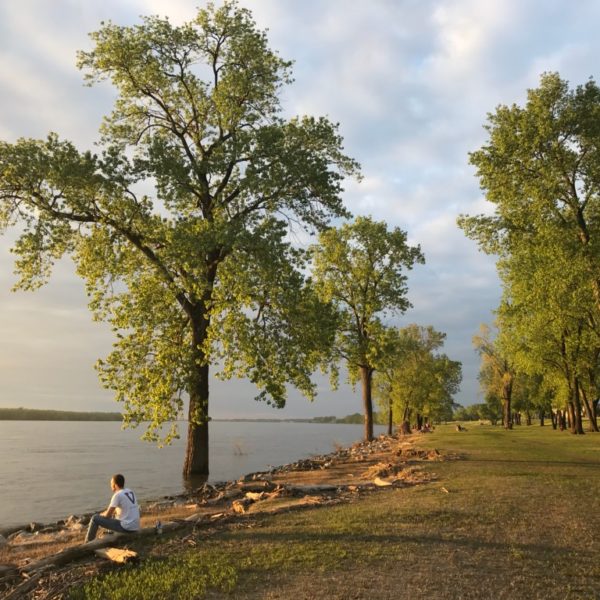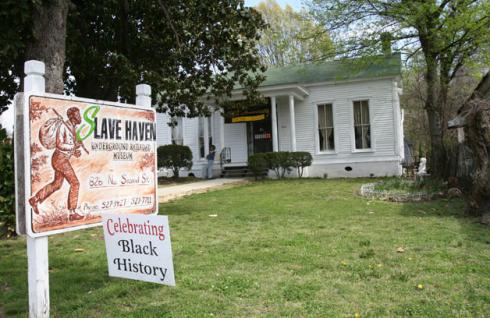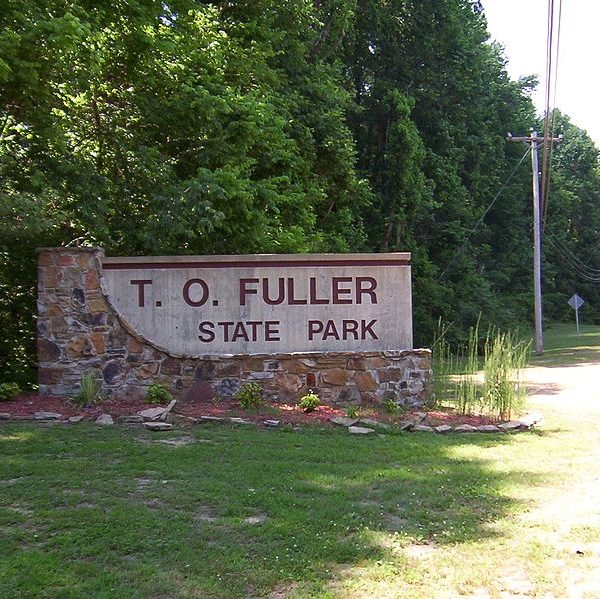Visit the remains of a prehistoric village found during a 1940 swimming pool excavation inside T.O. Fuller State Park. Tour the museum and preserved archaeological dig to learn more about the Chucalissa people – the original Memphi residents – through their pottery, dwellings, weapons, jewelry, and tools. This National Historic Landmark gives you a glimpse into the Mississippian villages Spanish explorer Hernando DeSoto and his party encountered when they arrived near Memphis in mid-1500s.
Read moreVisit this museum in the historic Memphis Cotton Exchange, once the very center of the global cotton trade. Learn about how this simple crop shaped America’s economy, culture, and history, and take the self-guided tour of Cotton Row, the historic block surrounding the museum
Read moreASHBURN-COPPOCK PARK OVERLOOK (Riverside Dr.) This small, shaded park is connected to the South Bluff with a pedestrian bridge. Check out the stone lookout point. CHICKASAW HERITAGE PARK (Riverside Boulevard & Metal Museum Drive) Enjoy this city park located on the fourth Chickasaw Bluff, the former site of the Civil War’s Confederate Fort Pickering as well as home to earthen mounds created by pre-historic people. FOURTH BLUFF PARK (Jefferson Avenue & Court Avenue, Front Street & Riverside Drive) This park…
Read moreThis 1849 clapboard house served as a way station on the Underground Railroad, a secret series of hiding places for runaway slaves seeking freedom in the North and Canada. Take the tour and visit the hidden tunnels, trap doors, and cellars where slaves waited for their chance to escape to the Mississippi River on their way to the next secret stop. The house is furnished with period pieces and slavery artifacts. Hours vary; call ahead for information.
Read moreThis 1,100-acre state park, located within the Memphis city limits, offers camping, hiking and picnicking. Birdwatchers and wildlife lovers will be right at home here. This was the first state park east of the Mississippi to be open to African Americans, and only the second in the U.S.; it is named for Thomas O. Fuller, a prominent African American educator, pastor, politician, civic leader and author.
Read more